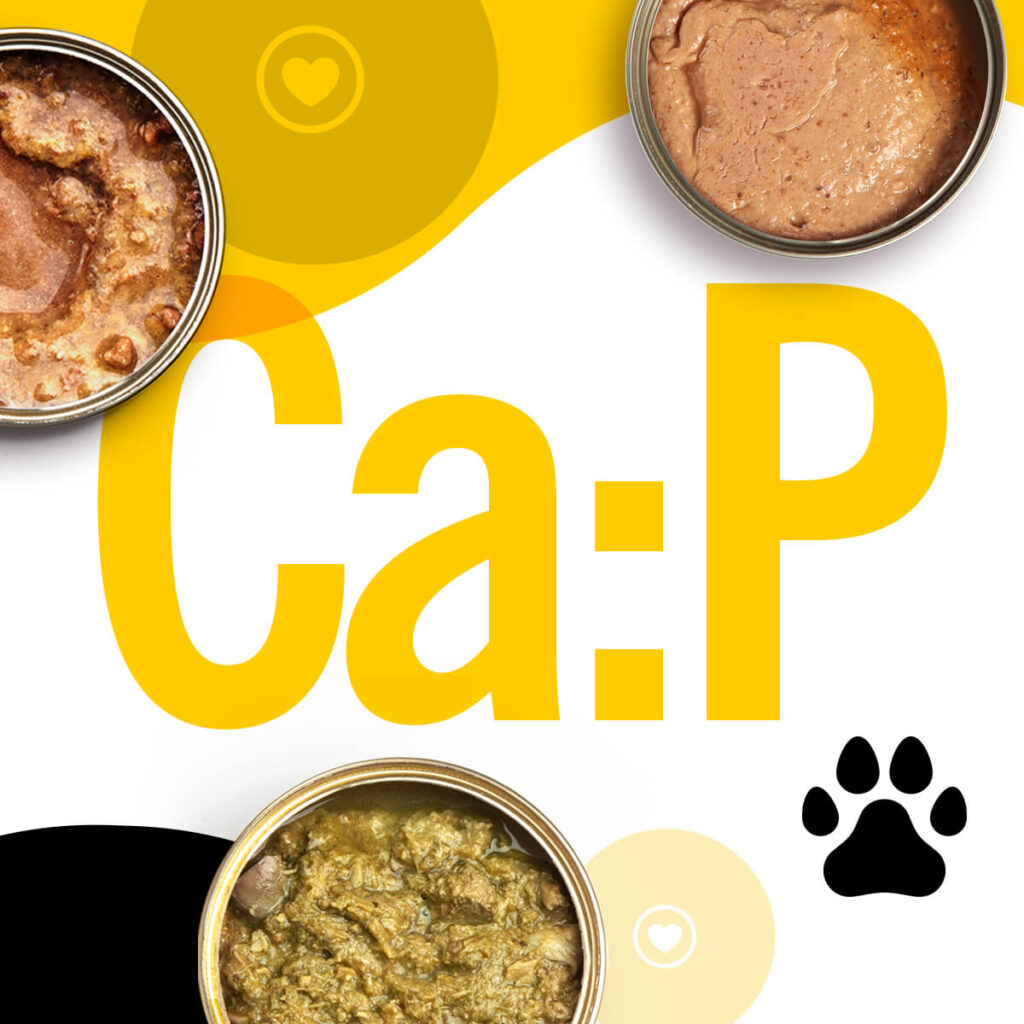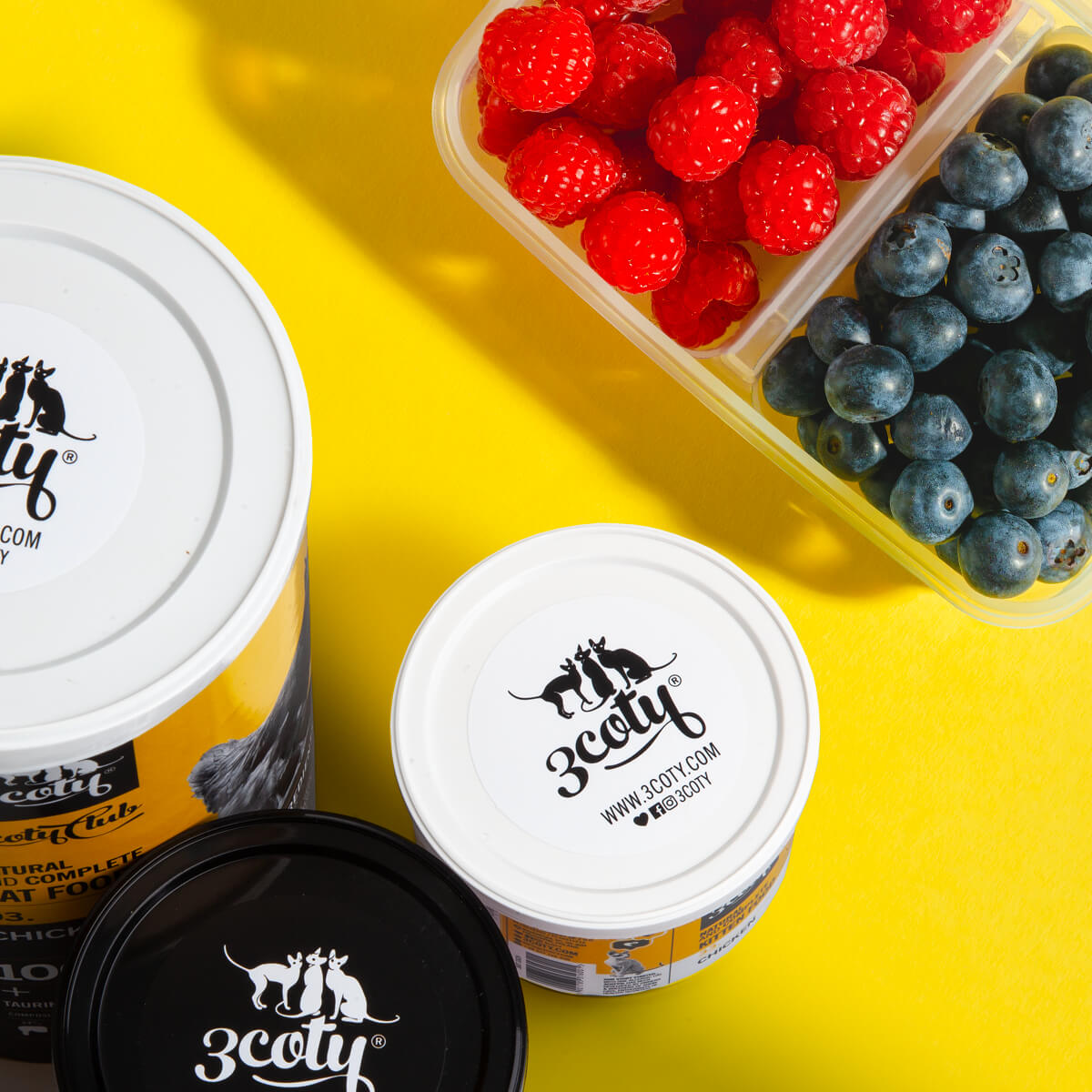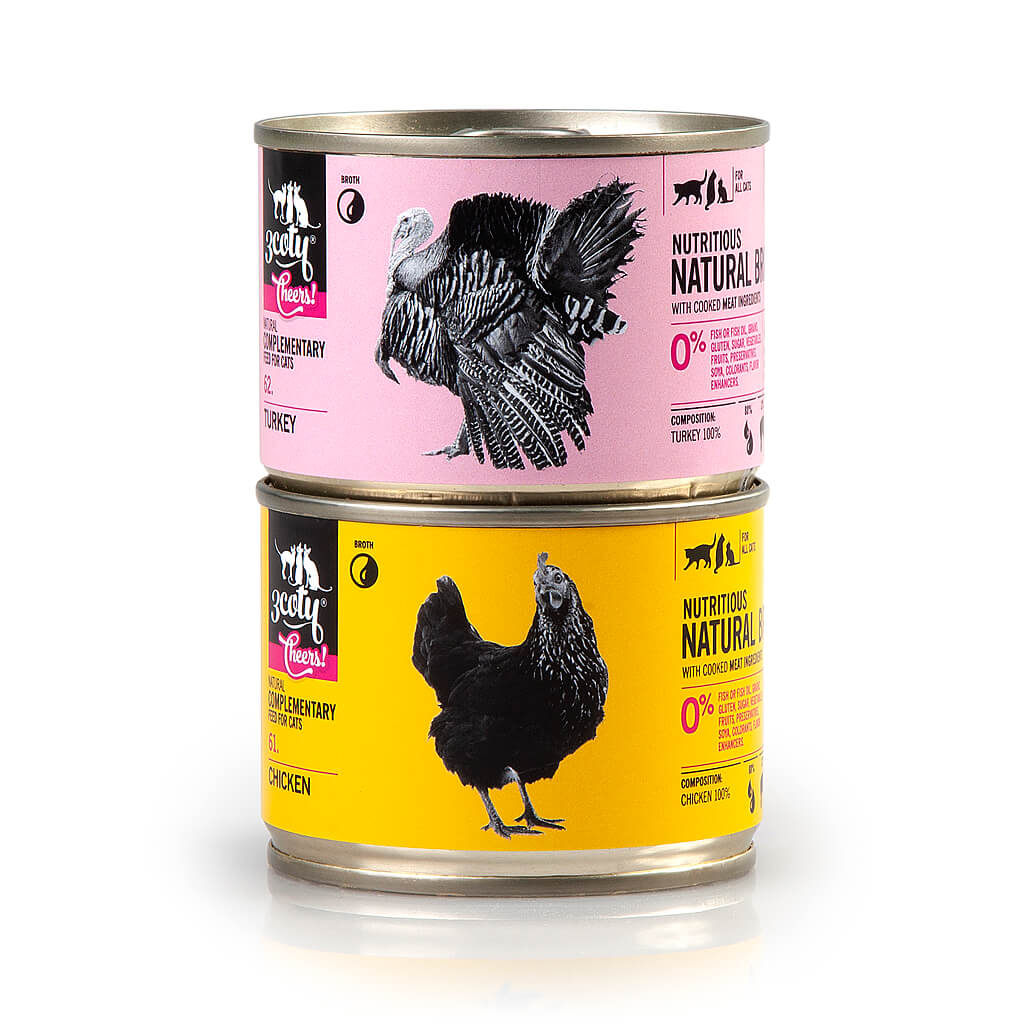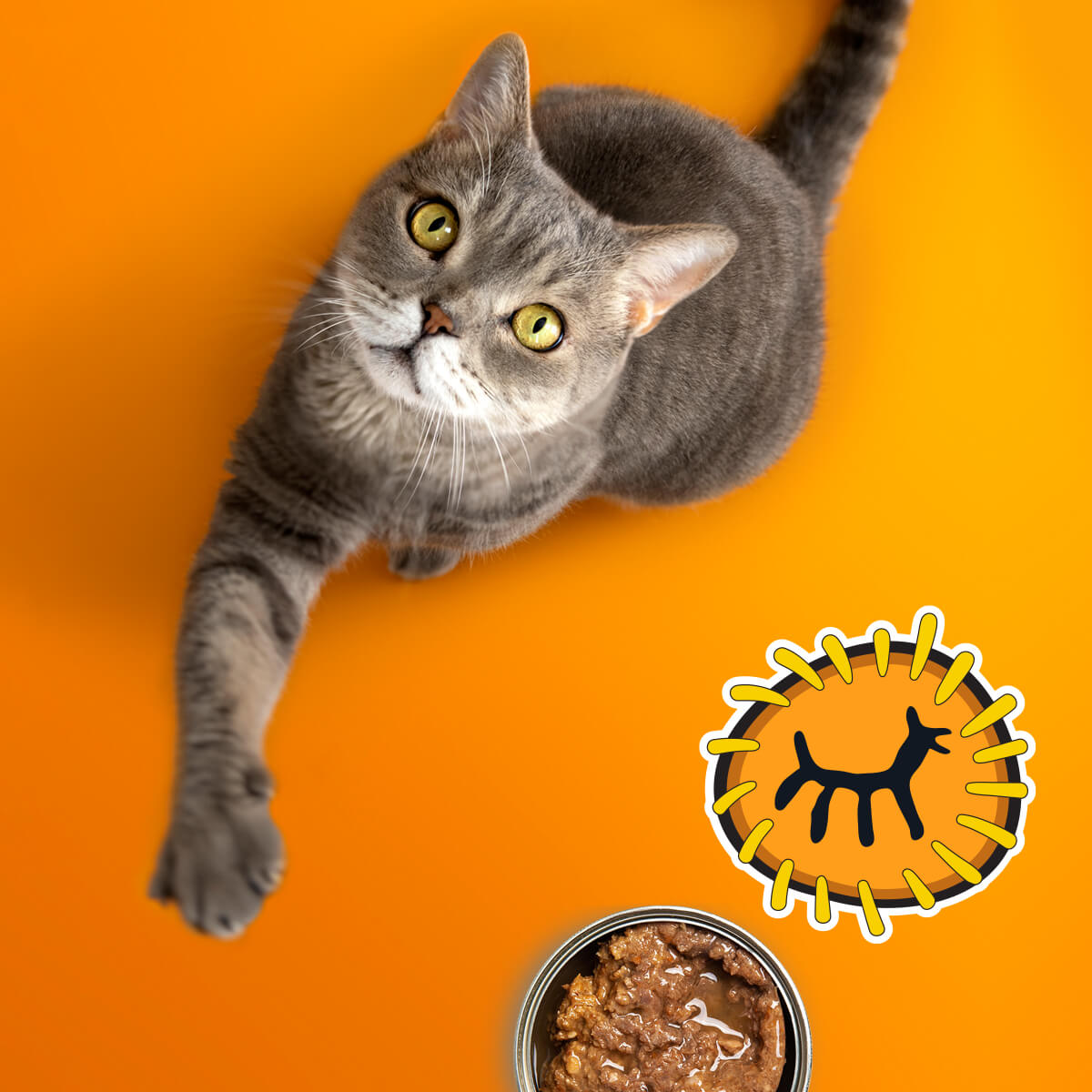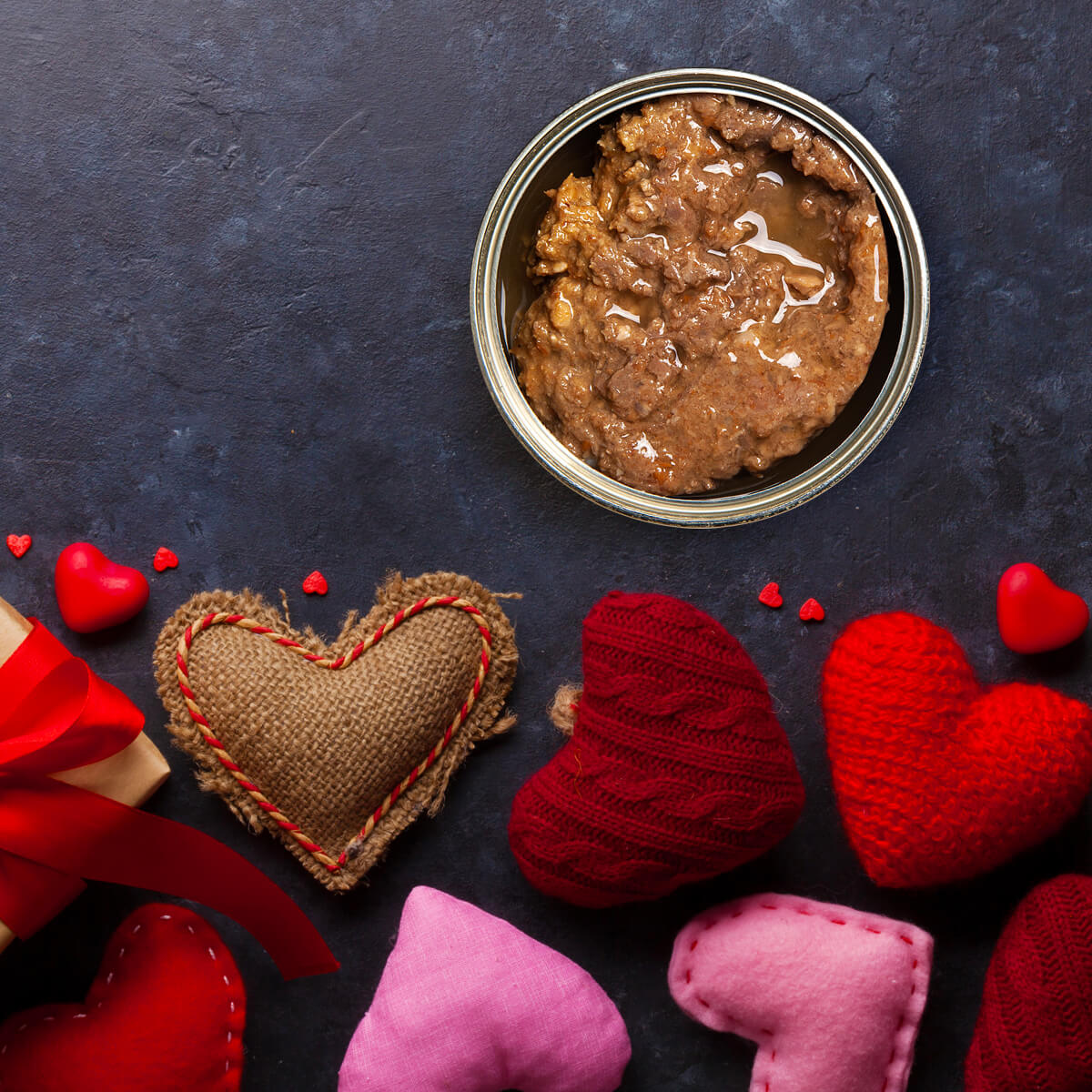The important interplay between calcium and phosphorus
Calcium is a key mineral for growing and maintaining bones and teeth. This applies to cats and humans alike and is relatively well known. But like so many things in the body, it does not act completely alone. A healthy calcium balance also requires phosphorus. This is why it is important to ensure your cat’s phosphorus intake is matched to their calcium intake.
The benefits of calcium and phosphorus
We have written about calcium in the past so some of these points will be familiar. The actions and benefits of phosphorus are less well-known, so we have explained them in a bit more detail here:
- Bone Health: Calcium and phosphorus work together to ensure proper bone density and structure. They are vital for the development and maintenance of strong bones and teeth. Only with the right amount of phosphorus in the body can the bones absorb enough calcium.
- Metabolism: Phosphorus is involved in various metabolism processes, including energy production. It plays a key role in the formation of ATP (adenosine triphosphate), which is the energy currency of cells. Without sufficient phosphorus, there is a risk that not enough ATP is produced to enable healthy cell division. Insufficient phosphorus can therefore affect all parts of a cat’s body.
- Cell Signalling and Structure: Not enough ATP is not the only risk that a lack of phosphorus can have on the whole body. Together with calcium, phosphorus is important for maintaining proper cellular function. It is a component of DNA and RNA, which are necessary for cell replication.
- Muscle Function: Calcium is crucial for muscle contractions. It helps muscles, including the heart, to function properly.
- Nerve Transmission: Calcium plays a role in the transmission of nerve impulses. This is essential for coordinating responses and maintaining proper communication between the nervous system and the muscles.
- Lactation and pregnancy: Growing and feeding another being with bones and teeth means that a fair amount of calcium consumed is transferred to the youngster, which could be detrimental to the mother.
- Hormonal Functions: Calcium also plays a role in hormone secretion, including those that influence metabolism and overall health.
The interplay between calcium and phosphorus
The strong connection between calcium and phosphorus is because of how calcium levels appear in the blood. Half the calcium in the blood is ionised (Ca+ + ), and the rest is bonded to phosphates or proteins. If there isn’t enough phosphorus in the body, the calcium level in the blood will also drop. The body will start trying to raise the calcium level by absorbing more calcium from food during digestion or, worse, from the bones, weakening them.
Consuming more calcium without phosphorus may not provide the body with the ability to deposit that calcium in the bones, because there is not enough phosphorus to help transport it. The balance of these two minerals is therefore just as important as each is individually. This ‘cooperation’ between the two minerals also affects the kidneys and bladder. The role of the kidneys is to regulate minerals in the body. Whenever there is an excess or insufficiency of a mineral, this can place strain on the kidneys. Because of the relationship between calcium and phosphorus, too much or too little of either could lead to kidney disease.
The direct follow-on from the kidney function is the effect on the bladder. An excess of a mineral will lead the kidney to excrete it, placing it in the urinary tract and creating an imbalance there. A healthy calcium-to-phosphorus balance can help prevent the formation of urinary stones, a common health problem in cats.
Source of calcium and phosphorus
Cats typically derive these minerals from animal-based sources such as meat and fish, which are naturally rich in both calcium and phosphorus. Ensuring your cat’s diet has the right amounts of these minerals can help promote a long, healthy life. A meat-only diet should provide all the calcium and phosphorus your cat needs, and crucially, in the right proportion to one another. When cat food includes grains, which some do, the phosphorus can be partially bonded to phytic acid. This can reduce the phosphorus assimilation creating an unwanted imbalance of these minerals.
The optimum ratio of available calcium to phosphorus should be between 0.9 and 1.1 to 1 in a cat’s body. To achieve this ratio, a slightly higher amount of calcium needs to be in their food, so more like 1.1 to 1.4 times the amount of phosphorus. This is shown on the label as “Ca:P = 1.1:1” or “Ca:P = 1.4:1” in the Analytical Constituents section.
Balanced calcium to phosphorus ratio (Ca:P ratio)
Kidney Function: The kidneys play a crucial role in regulating minerals in the body. An imbalanced Ca:P ratio can put undue stress on the kidneys, potentially leading to kidney disease.
Urinary Tract Health: A proper Ca:P ratio can help prevent the formation of urinary stones, a common health problem in cats, especially males.
Balanced Nutrition: For an otherwise healthy cat, the Ca:P ratio in their diet should be around 1:1 to 2:1.
Disease prevention
Ensuring your cats eat healthy food will help prevent diseases and some signs of ageing. In particular, the more ‘silent’ diseases, like kidney disease, are usually only diagnosed when they are quite far advanced. Cats tend not to show any unease until they really have to. The diagnosis of kidney disease may be quick, but the ongoing treatment can be costly. It is far cheaper in the long run to prevent damage to the kidneys in the first place by ensuring your cat’s food has the right minerals in the right proportion.
Did you know? Chronic kidney disease is a common disease in adult and elderly cats. Dietary phosphorus (P) concentrations are increasingly considered a contributing factor in accelerating kidney disease. High dietary phosphorus (P) and low calcium to phosphorus ratio (Ca:P) are associated with kidney damage in cats.
